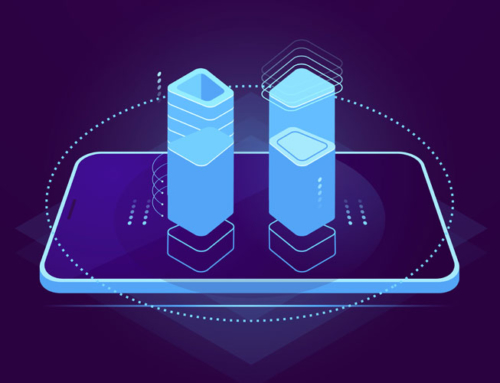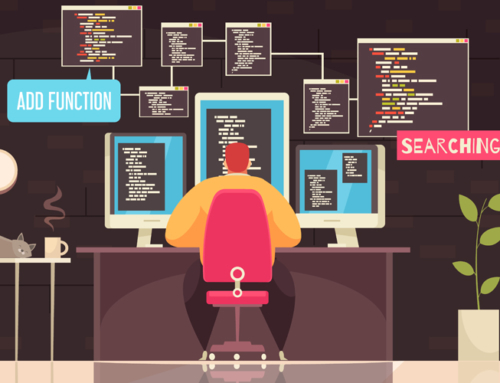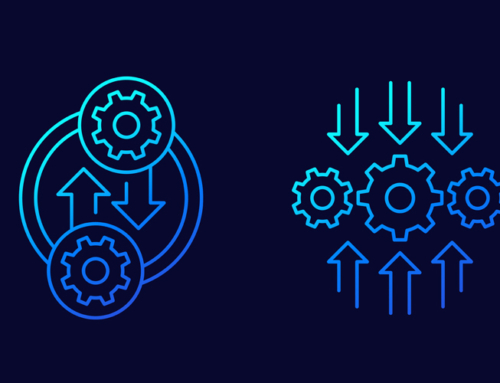Nothing has had a bigger impact on how we look at web app security than cloud-native development. The runtime environment of the cloud comes with its own unique landscape of security risks and tools.
Knowing the different attack surface changes between cloud-native apps and other app development is the key to a better approach to cybersecurity.
Let’s take a look at the ways that cloud native app development changes the landscape of attack surfaces—and how you can better protect your app.
What is a Cloud Native App?
As more of our computing has shifted to cloud-based systems, so have our applications. A cloud native application has been written to run in a cloud environment. In a very basic sense, this means that the cloud environment acts as the operating system that runs your application.
How Being Cloud Native Changes App Security
That was the nuts and bolts for the overview for cloud native applications, but what does this mean in terms of real world changes for how we develop applications?
One of the first changes that you’re going to notice is the increased presence of microservices. These are independent components that run together to form a larger process.
Microservices expand the threat surface of applications. The more microservices we utilize, the more of our functionality we expose to users. Monolithic applications could secure these services by internalizing them, but cloud-native apps need to secure every microservice from external threats.
You’ll also see more managed services. Our cloud native applications use managed services like storage buckets, data tables, and API gateways. This means that more of our security, and our threats, are distributed over several other companies and dev teams.
Cloud native applications are also built on flatter networks that have less application security built-in. Cloud environments rely on a constant interplay of changing security permissions. This means that security has to be more flexible and responsive than ever before.
The Three Ways Attack Surfaces Change for Cloud Native Apps
The move to cloud native environments completely changed the attack surfaces for applications. An attack surface is simply the number of different ways an unauthorized user can enter, or extract, data from an application. The cloud give hackers whole new tool sets for maliciously engaging with apps.
Here are the three biggest ways that cloud native development has changed attack surfaces.
1. Hackers Have New Targets
Cloud-native application face their own security threats. We need to be aware of how old problems, like misconfiguration, can take on new forms for cloud-native apps like improper permissions being set for cloud storage buckets. Hackers also have their pick of new targets that are unique from what used to be available in the days of monolithic app design.
These new targets can include:
- Cloud Services which can be vulnerable to injection attacks
- Vulnerable APIs can expose data and give hackers access to systems and apps
- Microservices which increase the threat surface for applications
2. Managed Services Require New Security Approaches
Cloud-based application development means that we need to rely more heavily on managed services. This means that companies no longer own their data storage servers or other key aspects of their application.
This means that hackers now have more potential to find vulnerabilities in other companies that can jeopardize your application. This changes how we need to approach application security by creating security responses that are capable of handling the interconnected nature of the cloud.
3. Mistakes Are More Common and Hit Harder
Dev errors have always been one of the hacker’s best friends, but now that things have moved into cloud-native environments errors in the applications code have only become a more salient threat.
Cloud native application development is based on complicated networks of permission. Hackers have plenty of attack surfaces that they can exploit in order to gain permissions that they wouldn’t otherwise be able to have.
With all of these moving parts, dev error is more damaging than ever before. Accidentally leaking keys, failing to patch known flaws, or providing other openings for hackers to gain access can lead to a devastating cascade of security failures.
One example of a recent exploit is a cryptocurrency platform called Wormhole that was recently hacked for $325 million. Wormhole devs spotted a vulnerability in their code, but a dev error caused the application to launch without the fixes in place. Even simple dev errors can lead to serious financial costs.
Cloud-native architectures are more complex than older, monolithic apps which makes it even harder to audit permissions and access. There are more doorways, and more keys, that cybersecurity criminals can force their way through than ever before.
How to Secure Cloud Native Apps
Securing cloud-native apps is a completely different process than attempting to secure monolithic applications. These applications are much more responsive, much more interconnected, and have completely different security topologies.
This means that our cloud-native security responses need to be more robust, and more flexible, than monolithic app security tools. Securing cloud native applications means protecting everything from data entry and egress to the runtime environment itself.
There are tools out there that you can use to better secure your applications. Modern AppSec and API security tools are designed to secure cloud-native apps. They bring the devs into the security process and help with shift-left design in a cloud-based world.
The information in this article, along with cloud-native security tools, will help your dev team create a security informed culture and better protect your next app.




